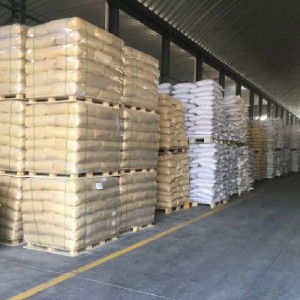Barium carbonate is a chemical compound that has a wide range of applications across various industries. This versatile substance is known for its unique properties and is used in different processes and products. Let’s delve into the main uses of barium carbonate and understand its significance in different fields.
- Glass Manufacturing: Barium carbonate is a key ingredient in the production of high-quality glass. It is used to enhance the optical properties of glass, making it clearer and more durable. The addition of barium carbonate also helps in reducing the melting temperature of glass, making the manufacturing process more efficient.
- Ceramic Industry: In the ceramic industry, barium carbonate is utilized as a flux, aiding in the fusion of materials during the firing process. It helps in improving the strength and luster of ceramic products, making them suitable for a wide range of applications, including tiles, tableware, and sanitaryware.
- Rat Poison: Barium carbonate has been historically used as a component in rat poison due to its toxic properties. However, its use in this context has declined over the years due to safety concerns and the availability of alternative substances.
- Electronics: Barium carbonate is employed in the production of electronic components, such as cathode ray tubes (CRTs) for televisions and computer monitors. It helps in the creation of phosphors, which are essential for producing the bright and vibrant colors in display screens.
- Metallurgy: In the metallurgical industry, barium carbonate is used for the refining of metal ores. It aids in the removal of impurities and enhances the quality of the final metal products.
- Chemical Reactions: Barium carbonate serves as a precursor for the production of various barium compounds, including barium oxide and barium chloride, which have their own set of industrial applications.
In conclusion, barium carbonate plays a crucial role in diverse industries, contributing to the manufacturing of glass, ceramics, electronics, and more. Its unique properties make it a valuable component in various processes, and its applications continue to evolve with ongoing research and technological advancements.
Post time: May-21-2024









